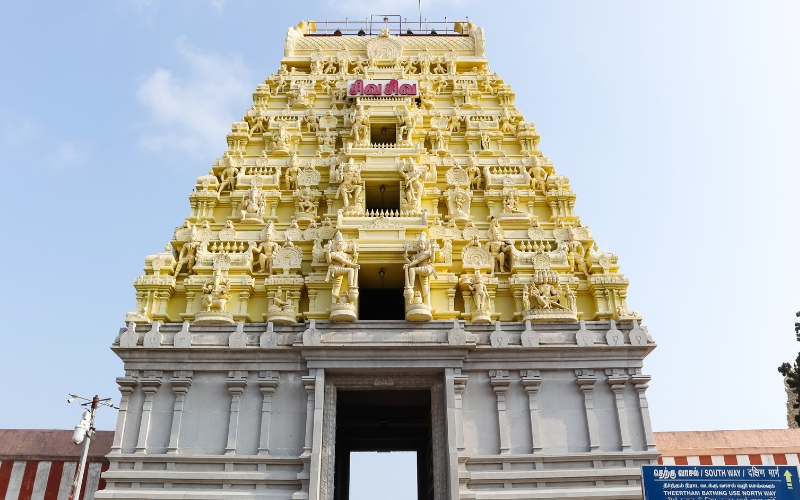Rameshwaram Temple: A Divine Abode of Lord Shiva
Rameshwaram Temple is another one of the most Yatras, so to speak revered places in India. Dedicated to Lord Shiva, the temple is a fine example of Dravidian architecture and holds immense spiritual significance for devotees across the globe. This ancient temple is located near Kollam in Kerala. With its architectural grandeur, serene ambiance, and rich history, the shrine attracts pilgrims and tourists alike.
The temple, which is believed to be the place where Rama worshipped Lord Shiva for absolution from the blood of Ravana during his conflict with him. In Shaivism, it constitutes one of 12 Jyotirlingas of Lord Shiva, and by itself, also plays a fundamental role in the historical epics Ramayana. The temple’s sacred history, intricate carvings, and divine atmosphere have made Rameshwaram a treasure that stands timeless for both the spiritual and the history buff.
The Historical Context of Rameshwaram Temple
The Rameshwaram Temple is connected with Indian mythology, particularly the Ramayana. According to the legend, Lord Rama, accompanied by his consort Sita and brother Lakshmana, stopped at Rameshwaram on their way back to Ayodhya after defeating the demon king Ravana. Rama wanted to seek forgiveness for killing Ravana, who was a Brahmin by birth. To atone for this sin, Lord Rama decided to worship Lord Shiva.
According to legend, Lord Hanuman was dispatched to Mount Kailash to bring a Shiva Linga. But Hanuman being late, Sita fashioned a small Shiva Linga from sand. The Linga, called the Ramalinga, is in the temple and is the deity that is mainly worshipped here. Subsequently, the Shiva Linga brought by Hanuman, which is called the Vishwalinga, was also installed. This tradition, of course, is followed to date in the temple, by first offering prayers to the Vishwalinga.

